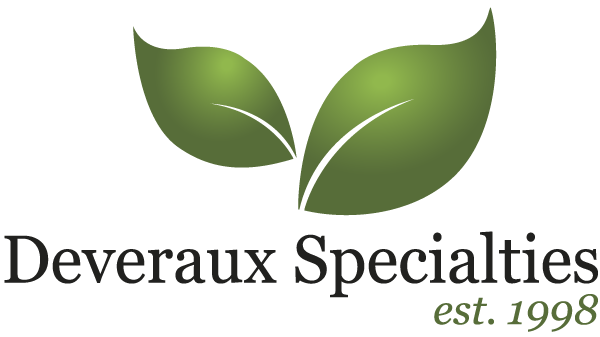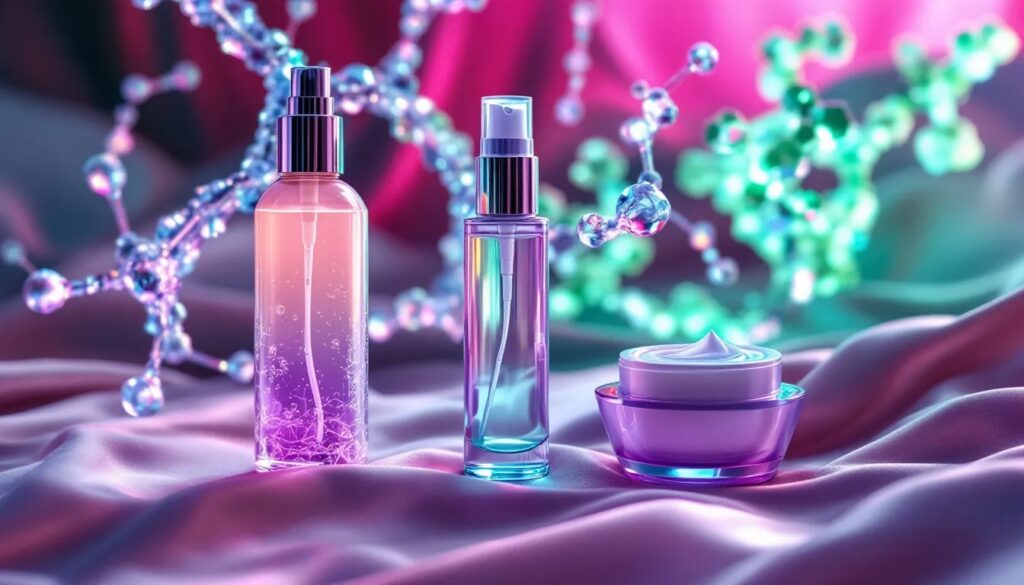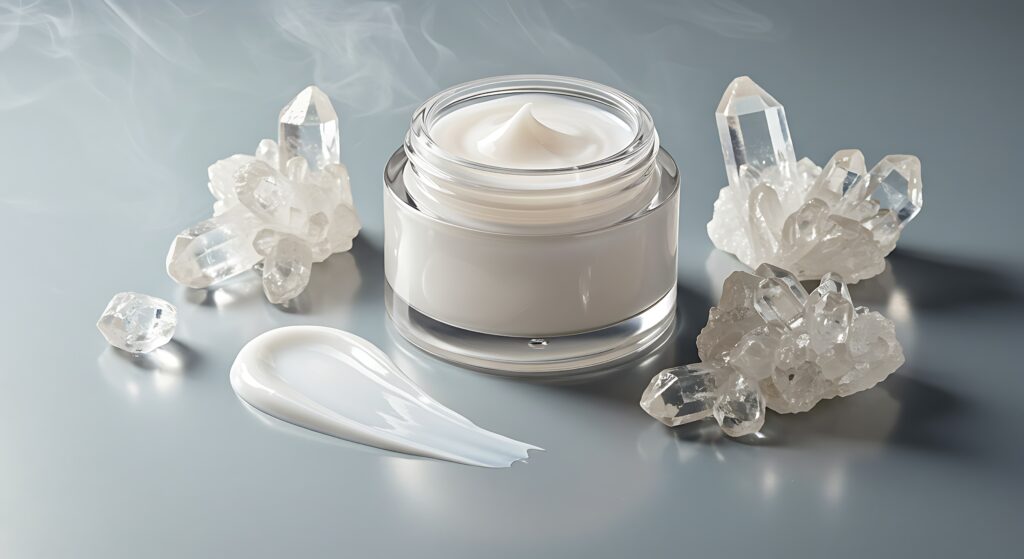The Real Constraint Isn’t Detergency; It’s Structure
Formulators switch away from sulfates to improve tolerability, then spend development cycles rebuilding foam feel, after-wash comfort, and stability that used to be taken for granted. Additions pile up—extra rheology modifiers, emollients, amphoterics—and the base grows fragile under small changes in pH, electrolytes, or heat and shear at scale. The result is a formula that is “mild” on paper but finicky in production and forgettable in use.
Olivoil Glutamate SP is a different starting point. It is a powder-form, vegetable-derived anionic lipo-aminoacid created from olive-oil fatty acids and glutamic acid. In practice, it behaves as a “surf-active”: a primary cleanser with active-level contributions to sensorials and barrier behavior, and with processing latitude that accommodates both cold and hot methods. This dual role—surfactant plus care—allows you to make structure carry more of the finished product’s performance instead of compensating downstream with unrelated additives.
Why “Mild” Often Under-Delivers
Modern sulfate-free systems face three recurring gaps. First, foam quality and in-use cushion can collapse as you raise mildness. Consumers read large-bubble, airy foam as weak performance. Many teams correct this with polymers and deposition aids, which increases complexity and narrows manufacturing windows. Second, barrier and hydration claims in rinse-off are hard to substantiate when the base nudges transepidermal water loss (TEWL) upward. Even when after-feel improves with emollients, the underlying measurement can still point to barrier stress. Third, sustainability expectations are no longer optional; brands are asked to reduce rinse water, enable waterless formats, and show credible sourcing beyond high-level talking points.
Olivoil Glutamate SP targets those same gaps. In standardized foam testing at equal active matter, Olivoil Glutamate SP generates dense, small-bubble, creamy foam and sustains foam height beyond several common benchmarks—precisely the sensorial signature consumers equate with a “rich but gentle” cleanse. The same package documents in vivo reduction in TEWL at realistic levels, indicating that the cleansing phase itself can support barrier integrity when Olivoil Glutamate SP is the primary surfactant. On sustainability, Olivoil Glutamate SP is designed for water-sparing rinse behavior and for waterless formats (powders, bars, jellies, tablets) that cut packaging and transport mass without sacrificing experience.
Olivoil Glutamate SP: A Surf-Active that Organizes the System
Chemically, Olivoil Glutamate SP couples olive-oil unsaturated fatty acids—notably oleic and linoleic—with glutamic acid, a constituent abundant in hair keratin and physiologically present in skin. This produces a patented anionic lipo-aminoacid that performs as a mild primary surfactant while contributing emollient after-feel and barrier-support—attributes that corroborates with TEWL and softness measurements in matched bases. Because the “care” contribution sits inside the cleansing structure, fewer external compensators are required to reach a comfortable, low-tack finish.
There is also a practical process advantage. Olivoil Glutamate SP dissolves in water in roughly 30 minutes (about 20 minutes at 55 °C), supports cold and hot processing, and functions over pH 4.5–8.0—with ~5.5 recommended for transparent systems. Use-level guidance is deliberately broad (2.0–70.0%) to let formulators position Olivoil Glutmate SP as a primary surfactant in rinse-off or as an emollient contributor in leave-on when leveraging lamellar organization. That latitude simplifies scale-up: fewer heat steps, fewer viscosity surprises, and a base that tolerates oil and silicone loads without waxy build.
Sourcing completes the picture. The fatty acids originate from non-edible “lampante” olive oil—a high-acidity fraction historically used for lamps—while the amino component is obtained from starch-industry by-products (e.g., oat, wheat, rice). In other words, the primary inputs are upcycled from existing food chains, not newly grown for cosmetics. When combined with the agronomic profile of olives as a perennial crop—mechanical extraction, non-GMO, largely rain-fed—the material narrative is specific, verifiable, and consistent with brand sustainability commitments.
Data that Shortens Development Loops
➡ Foam metrics and method. Olivoil Glutamate SP’s foam results are reported at 1.2% active matter under ASTM D1173 and ISO 696. In these side-by-side tests, OG-SP achieves higher total foam height than typical mild comparators, and the microstructure leans toward homogeneous small bubbles, which correlate with the “cushioned” feel users prefer. The significance for development is straightforward: sensorials arrive from the base, reducing reliance on external foam builders that often complicate preservation and pH management.
➡ Barrier behavior. In vivo TEWL data showing that rinse-off systems containing Olivoil Glutamate SP better preserve barrier integrity versus physiological water and mild benchmarks at practical doses. For formulators, this shifts the hydration story upstream; instead of compensating post-wash with heavy occlusives, the wash phase itself becomes part of the claim substantiation.
➡ Processing and build. Olivoil Glutamate SP supports transparent and opaque cleansers, micellar waters, shampoos, and even lamellar cleanser builds that carry meaningful oil content while retaining quick rinse and low residue. Because Olivoil Gutamate SP tolerates higher lipophilic loads, it can stabilize otherwise short-lived systems and reduce the need for thick wax networks to “fake” cushion. The same tolerance extends to waterless formats: powder shampoos, solid wash bars, tooth-care tablets, and shower jellies—each demonstrated in Kalichem’s concept set with practical use-levels and method notes.
➡ Rinse-water efficiency. In the sustainability dossier, the Olivoil platform is positioned to reduce rinse water by ~40% relative to sulfate and betaine systems, which is meaningful in daily routines and measurable in controlled consumer tests. Less time under the tap translates to a cleaner sensorial finish and a quantifiable environmental benefit.
➡ Ranges and practical tips. For a transparent face or body wash, set pH near 5.5, start Olivoil Glutamate SP at 5–10% active equivalent, and adjust with a mild amphoteric only as needed to tune viscosity and clarity. For shampoos, leverage Olivoil Glutamate SP’s dense, creamy lather and pair lightly with a polymeric conditioning aid if wet combing is a key KPI. For waterless builds, reference the Kalichem’s starter baselines for powders and bars, then tune wetting and early-stage foam with small adjustments to particle size and the humectant phase.
Leaner Bills, Broader Windows
Social use-cases that map to formulation choices. The #EverythingShower trend rewards products that feel rich in use, rinse quickly, and leave skin comfortable without a heavy finish. A lipo-aminoacid system that tolerates higher oil/silicone and builds lamellar structure supports that experience in both emulsions and cleansers. In emulsions, it enables true cold-process options, stabilizes otherwise fragile systems, and accommodates meaningful vegetable-oil loads for leave-on and rinse-out formats. In cleansers, it produces dense, creamy foam with strong hedonic scores—quantity, creaminess, and visual appeal—while maintaining a quick-rinse profile. For brands pursuing #Skinimalism, the same structural efficiency helps deliver fewer-ingredient builds that still meet sensorial and performance expectations.
Measured benefits that survive beyond first use. On skin, the base shows increased hydration and reductions in transepidermal water loss (TEWL), signaling better post-wash barrier behavior compared with common mild benchmarks. On hair, it improves shine, uniquely reduces frizz among tested surfactants, and conditions the fiber while helping restore hydrophobicity—a contrast to sulfate-based washes that can increase static and leave cuticles more susceptible to lift. For formulators, these outcomes mean the cleansing or emulsifying phase can carry more of the finished product’s user-perceived performance, reducing dependence on separate additives to “fix” foam feel, after-feel, or flyaway control later in the build.
Start with a Base that Does More
When the base solves upstream problems—foam quality, post-wash comfort, tolerance for oils and silicones, and authentic sourcing—you spend fewer cycles patching weaknesses and more time advancing measurable outcomes. Olivoil Glutamate SP is that kind of base: a surf-active with standardized foam performance, in vivo barrier support, broad pH utility, and format agility from transparent liquids to solid and powder systems. For development teams, that means fewer trade-offs, leaner ingredient lists, and cleaner paths from prototype to scale.
See How the Trend Becomes a Process You Can Replicate
Want to connect sulfate-free positioning, lamellar stability, and cold-process efficiency in one base? Request our usage ranges and starter formulas, then watch Kalichem’s technical webcast as featured alongside the Cosmetics & Toiletries coverage to see the exact build steps, pH targets, and scale-up notes in action. We’ll share the webcast link and help translate the method to your manufacturing constraints.
Olivoil Glutamate SP
Resources
- Kalichem Italia S.r.l. (2025, September 11). Olivoil Glutamate SP: Building and stabilizing cold/heat process emulsion. Cosmetics & Toiletries. https://www.cosmeticsandtoiletries.com/cosmetic-ingredients/natural-sustainable/article/22949567/kalichem-italia-srl-olivoil-glutamate-sp-building-and-stabilizing-coldheat-process-emulsion
- ASTM International. (2015). D1173-07(2015), Standard test method for foaming properties of surface-active agents. https://www.astm.org/d1173-07r15.html
- International Organization for Standardization. (1975). ISO 696: Surface active agents—Determination of foaming power (Modified Ross-Miles method). https://cdn.standards.iteh.ai/samples/4896/6f101884a3284e84bd7ec523584f7fe4/ISO-696-1975.pdf
Note: All supplier documents cited are publicly accessible at the links above or by contacting Deveraux Specialties. Where exact methods or graphs are referenced (foam height, TEWL), the in-document labels and figures were used for alignment with formulation practice and claim substantiation.









